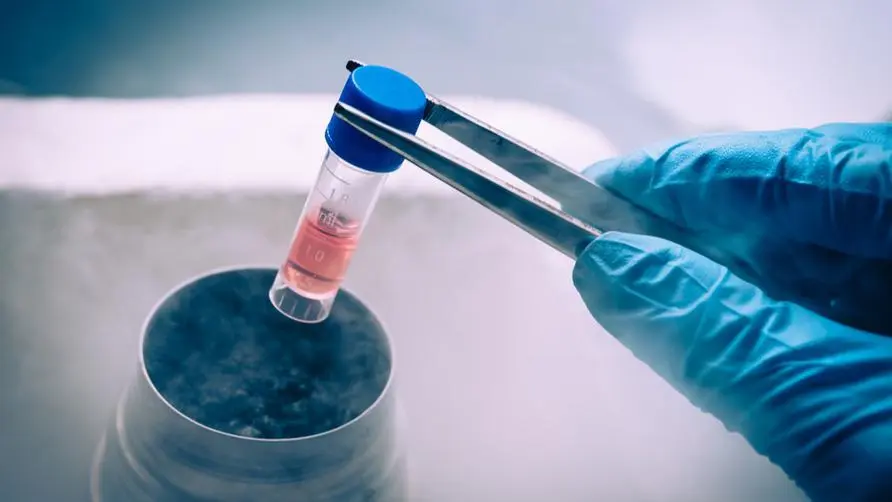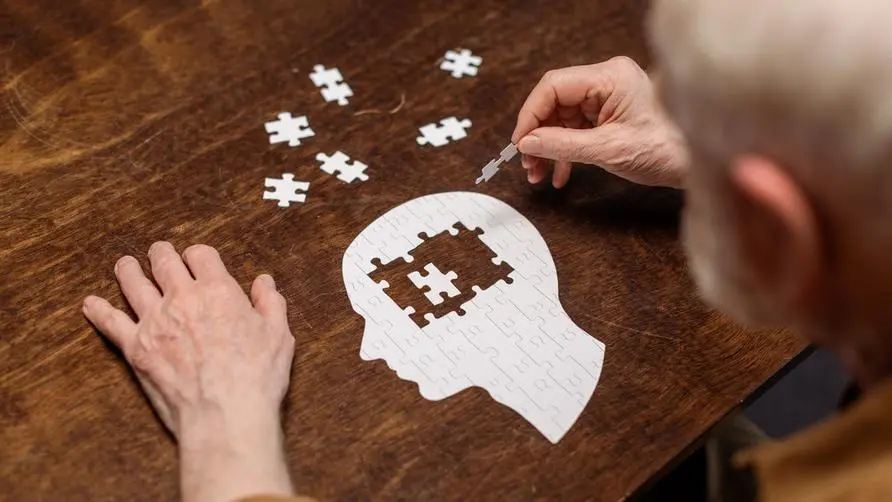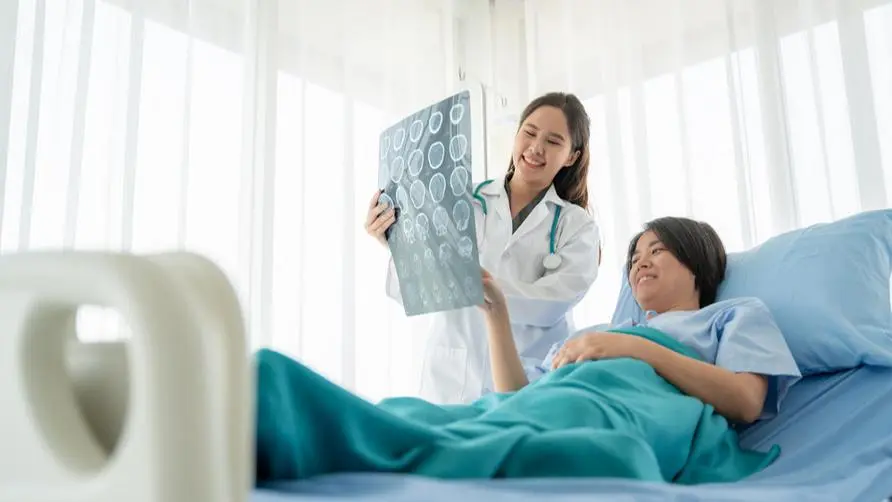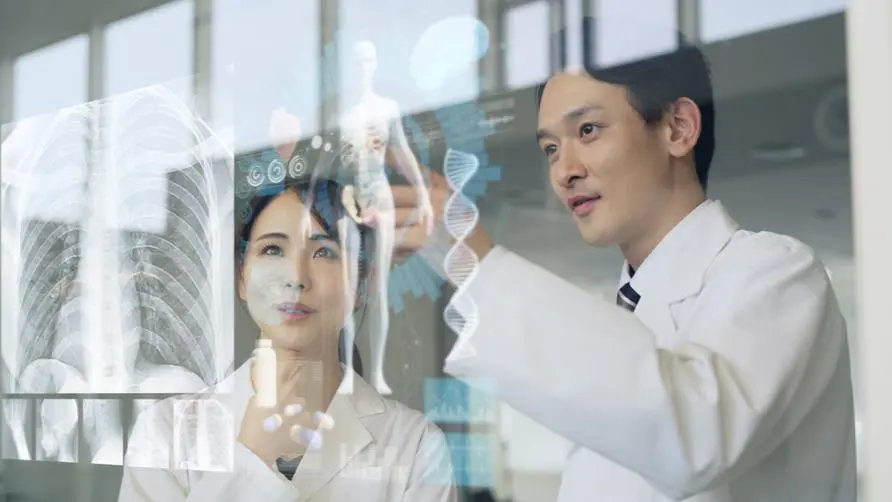Growth surged 200%! Global crazy stem cell research expert: Peripheral blood stem cells will become mainstream

Stem cell medical research grows 200%, new darling for disease treatment
In recent years, all walks of life around the world have further carried out clinical research on stem cell therapy. Developed countries such as the United States, the United Kingdom, and Japan took the lead in using stem cell transplantation to treat diseases and achieved good results. Taiwan is also promoting more clinical research on stem cell treatment of diseases under the special administrative measures.
According to the “ClinicalTrials” data database, there are nearly 9,000 stem cell clinical trials registered globally, of which nearly 3,660 have completed clinical trial studies. Among them, hematopoietic stem cells play a decisive role in the selection of stem cell treatments.
Professor Lin Kaixin, an authoritative physician on pediatric hematological tumors at National Taiwan University Hospital, said, “Stem cell therapy has achieved remarkable clinical results in recent years and has become the focus of research on many incurable diseases. Taiwan has also continued to improve its clinical applications and regulations. Among them, peripheral blood stem cells are low-invasive and It has a wide range of therapeutic applications and has become a method of collecting stem cells that has emerged in recent years.”
Global stem cell therapy research has grown by 200% in the past decade, and stem cell clinical applications have achieved remarkable results.
According to statistics from Pubmed, the internationally renowned medical paper search engine, the number of stem cell therapy-related research papers published in 2021 (14,105) compared with 2011 (6,910) has increased by more than 200%. With the continuous deepening of basic and clinical research on stem cells, Currently, there are four major trends in global regenerative medicine, including autologous cell therapy, allogeneic cell therapy, immune cell and gene therapy, etc. More than 20 stem cell technologies have been approved worldwide, among which the United States, Japan, Europe, Canada, South Korea and other countries have already launched stem cell treatments.
Taiwan leads the world in clinical application of stem cell therapy
According to statistics from the Biotechnology Development Center (Biotechnology Center) in 2021, Taiwan’s cell therapy-related manufacturers only account for 2.6% of the total number of Taiwan’s biotechnology companies, but ongoing cell therapy-related clinical trials account for 12% of the global number of cases. , which makes Taiwan a hotbed for stem cell development in Asia. As of March 31, 2022, a total of 136 cell therapy projects have been approved by the Taiwan Ministry of Health and Welfare. The main clinical areas approved include:
Autologous immune cell therapy: including replacement of immune cells such as CIK, DC, NK, DC-CIK, and gamma delta T.
Stem cell transplantation therapy: including autologous chondrocytes and autologous adipose stem cells to treat knee cartilage defects, autologous bone marrow mesenchymal stem cells to treat spinal cord injuries, etc.
Anesthesia-free collection of peripheral blood stem cells is convenient and widely used in clinical applications
Peripheral blood stem cells are a method of collecting stem cells that has emerged in recent years. Peripheral blood contains hematopoietic stem cells that can differentiate into various blood cells and immune cells. Currently, “hematopoietic stem cells” can be used to treat blood and immune diseases, such as leukemia or thalassemia, immunodeficiency syndrome, stroke, dementia, diabetes complications and repair of tissues and organs, etc. Its advantages include low invasiveness and wide range of therapeutic applications.
The collection of peripheral blood stem cells does not require general anesthesia like the extraction of bone marrow stem cells. It only needs to be administered with white blood cell growth hormone (G-CSF) first, and then the stem cells are collected from the blood. At the same time, peripheral blood stem cells have the versatility of bone marrow stem cells and can be widely used to treat blood cancer-related and immune system diseases.
Stem cell therapy has many characteristics that break through the limitations of traditional treatments. It is expected to trigger medical changes in the next generation and become the third epoch-making medical technology after drugs and surgery. Difficult and complicated diseases that are difficult to treat will eventually receive effective relief.
Ask the Experts
Dr. Lin Kaixin, an authoritative physician in the Pediatric Department of National Taiwan University Hospital and the host of the Ivy Biotechnology R&D Center
learning experience
Honorary Professor, National Taiwan University School of Medicine
Attending Physician of the Department of Pediatrics/Director of the Department of Hematology and Oncology of the Department of Pediatrics, National Taiwan University Hospital
Honorary Chairman of Taiwan Thalassemia Association
Served as Vice President of E-Da Hospital
Served as Chairman of the Blood and Marrow Transplantation Society of Taiwan
Graduated from Department of Medicine, National Taiwan University
medical expertise
Stem cell transplantation, hematology-oncology, cell therapy, stem cell storage, congenital genetic diseases
Further reading:





